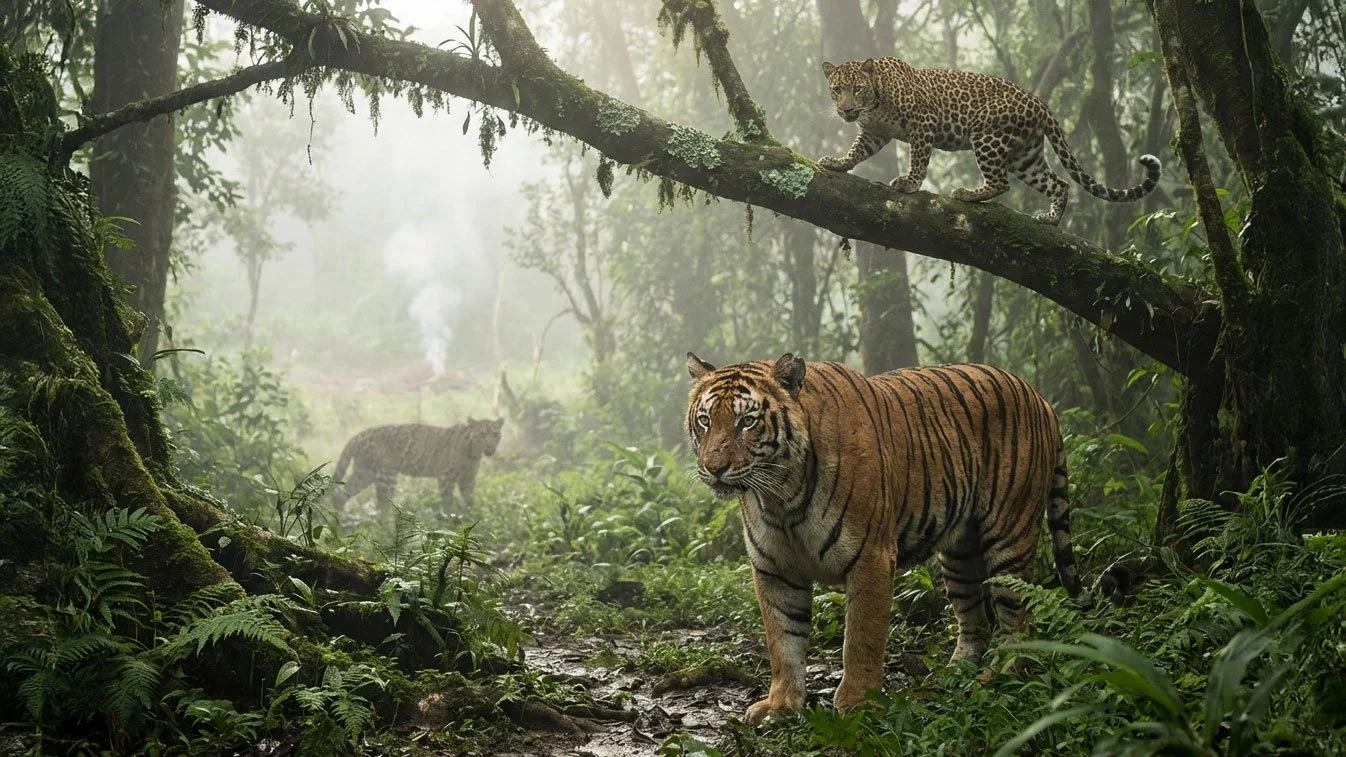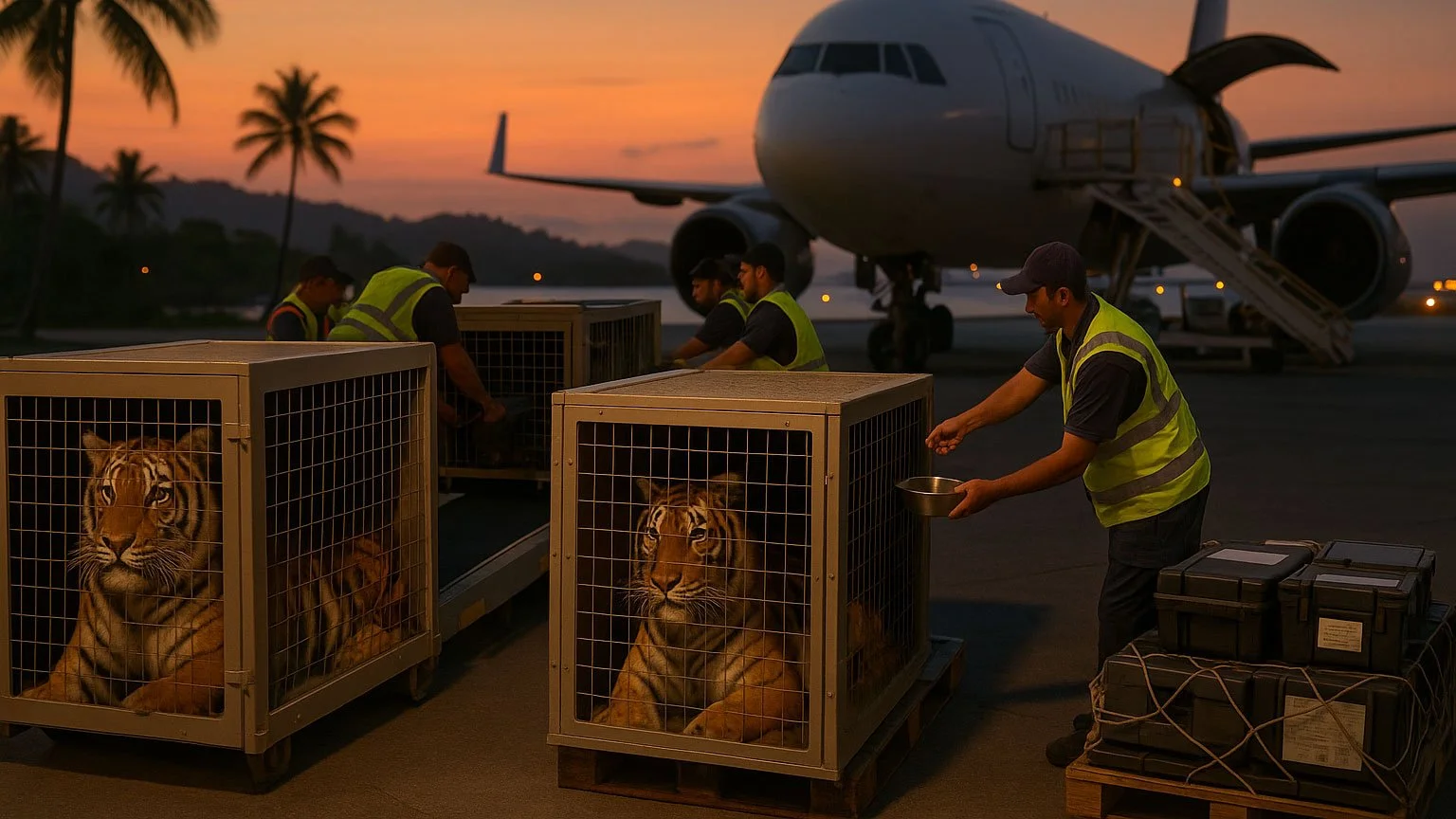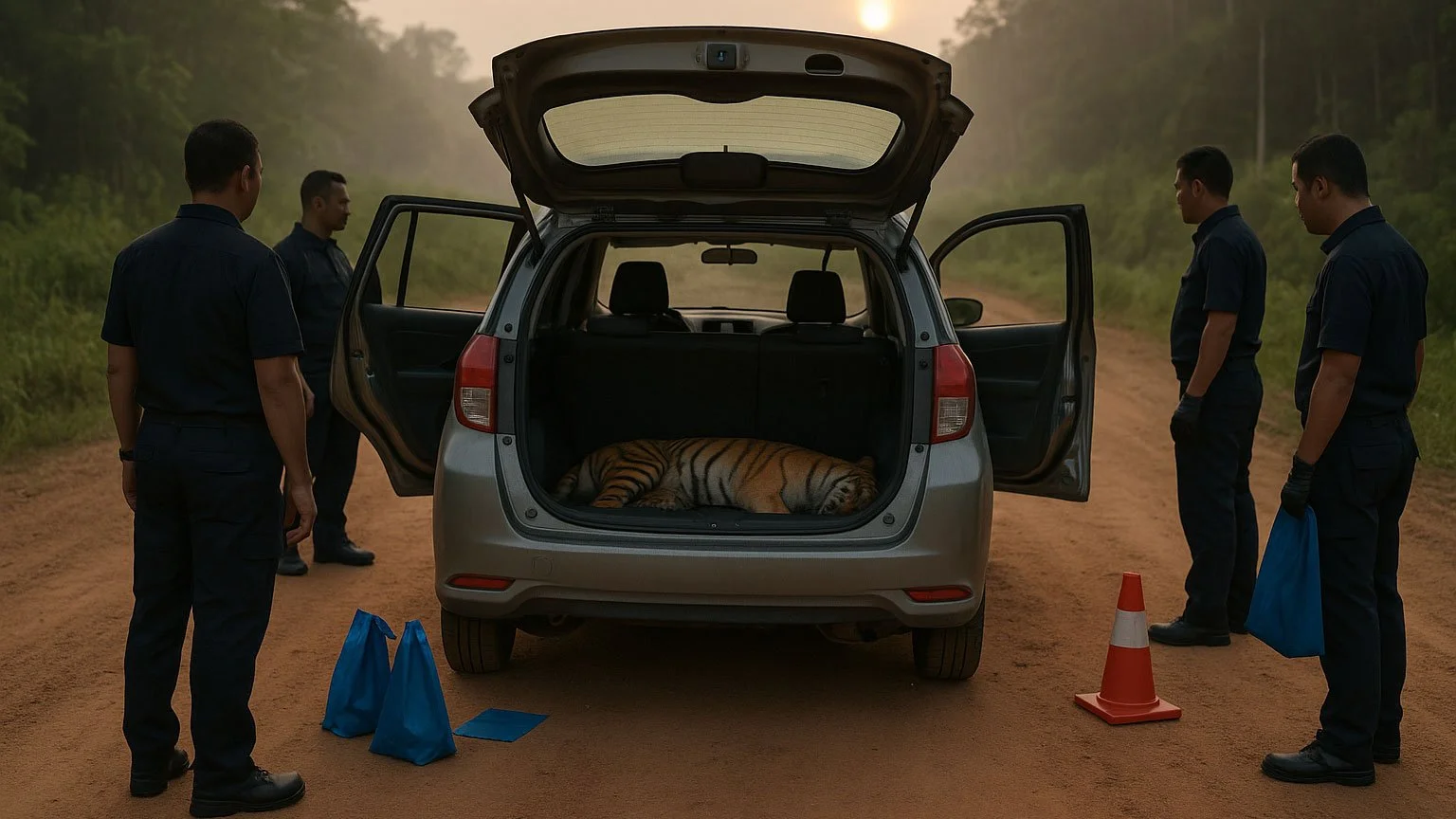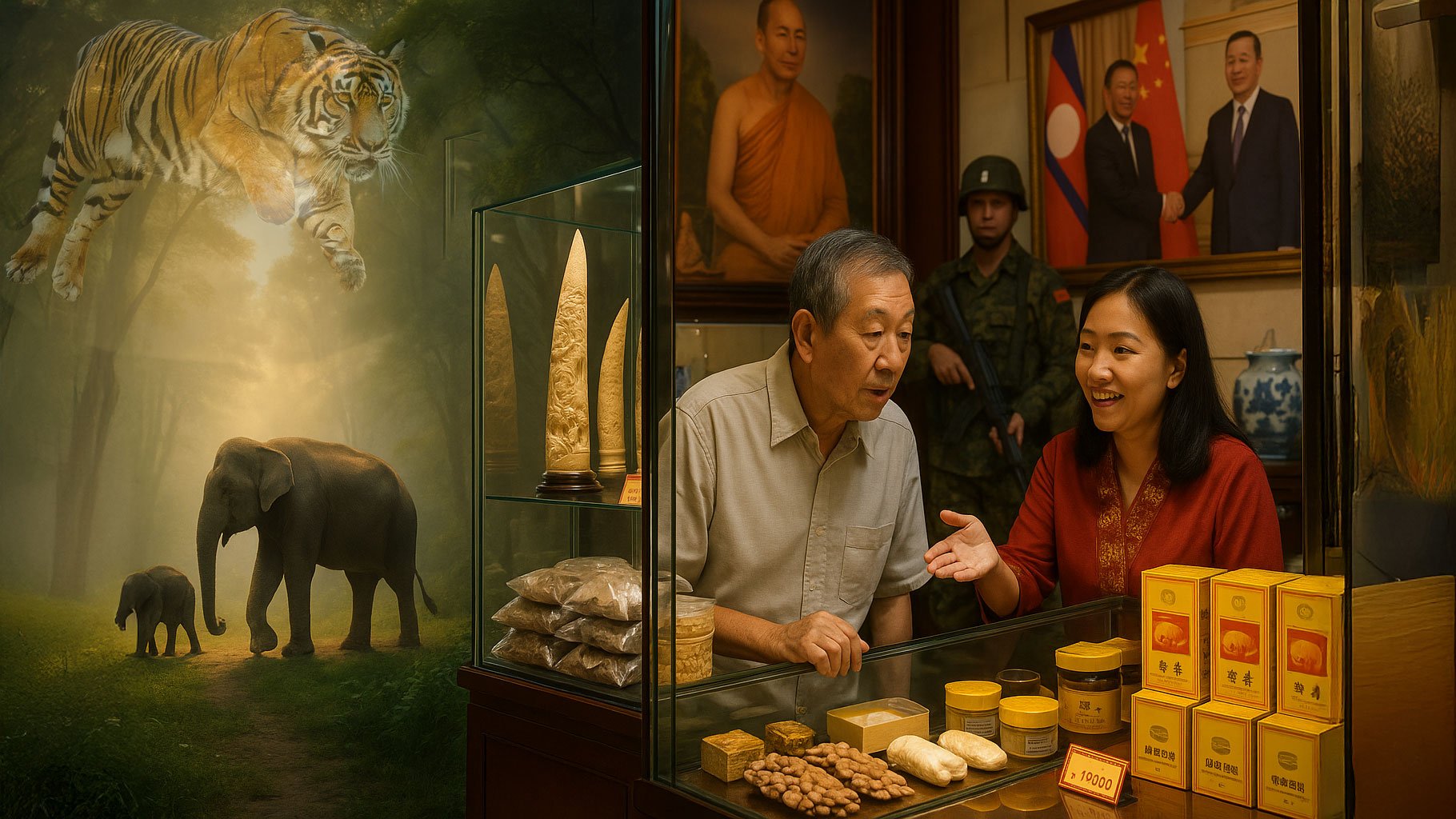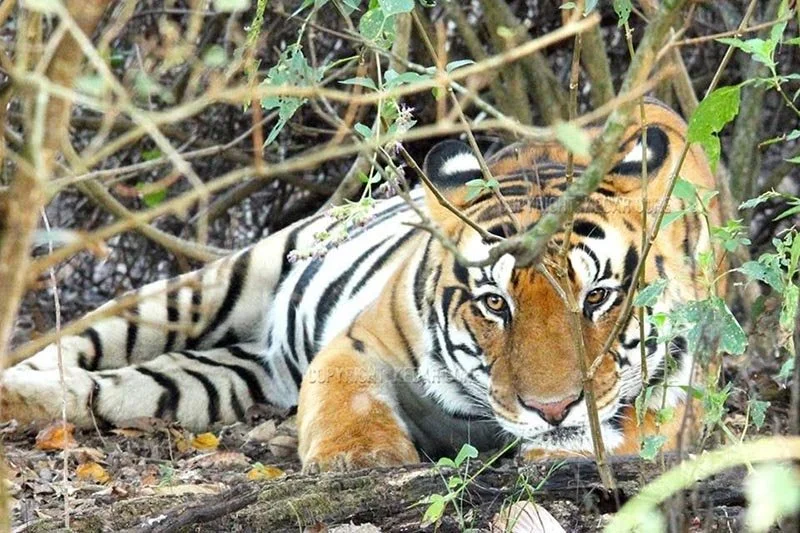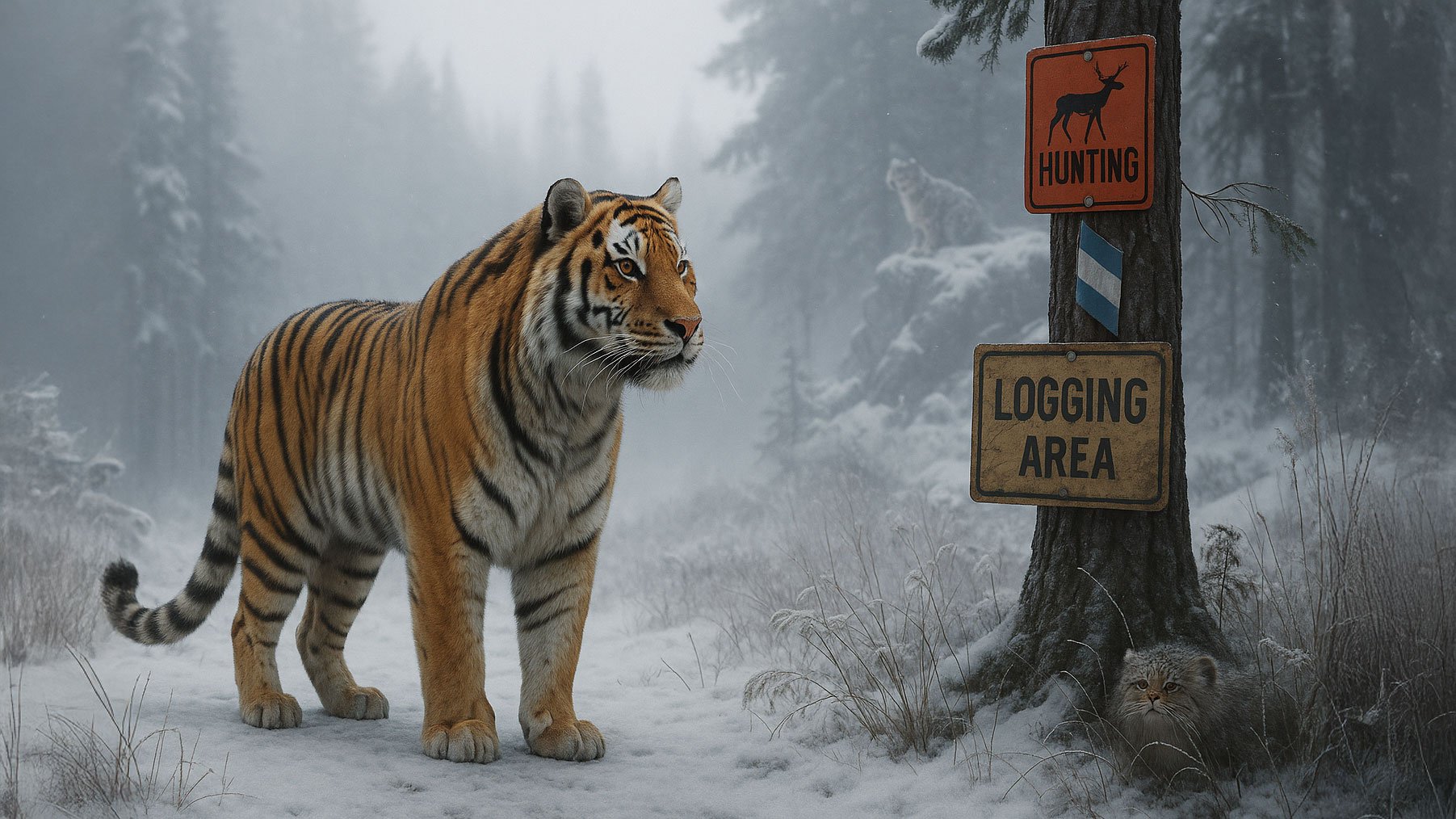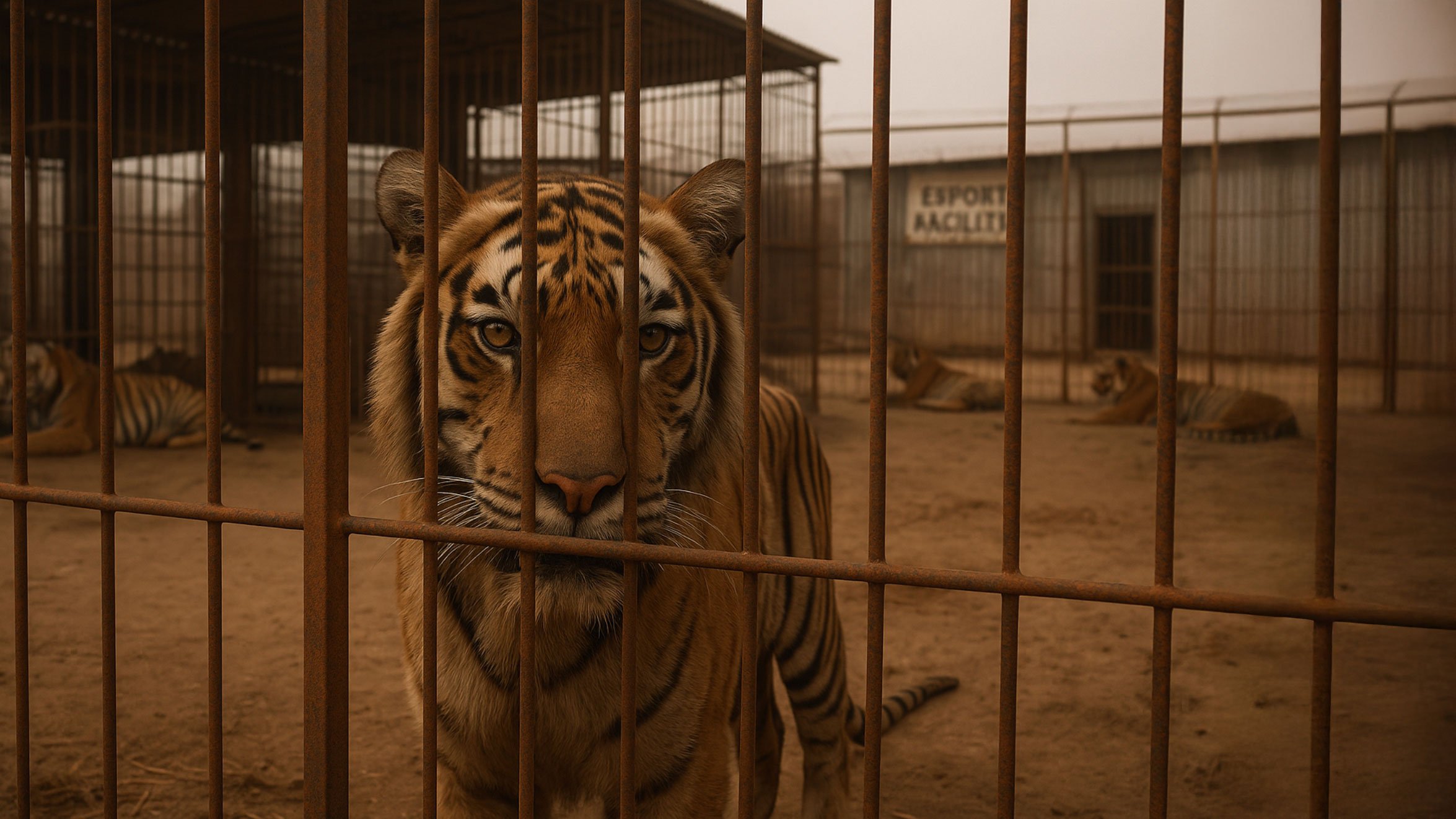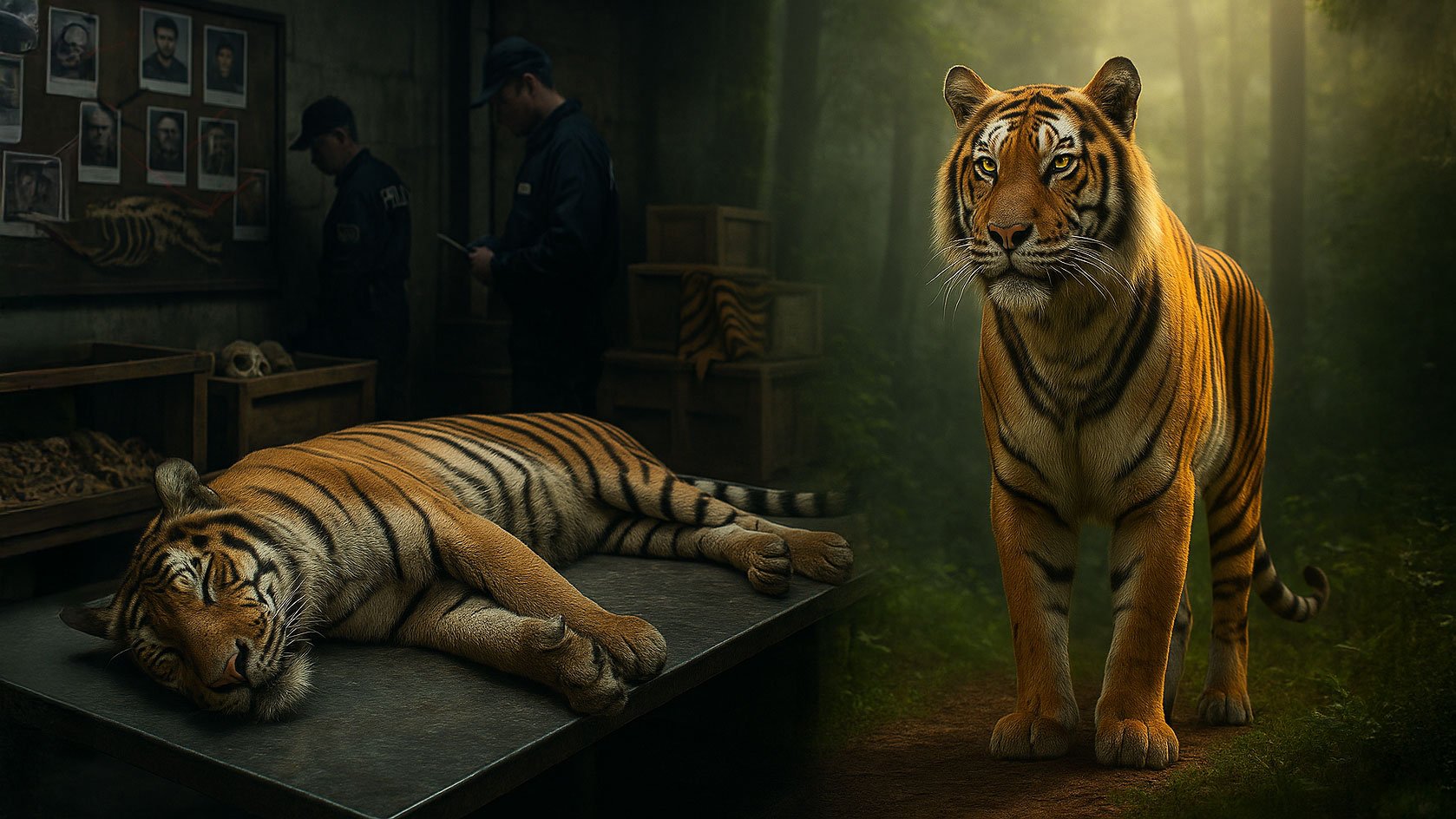Tigers at the Doorstep: How India’s Coexistence Model Inspires a Global Path to Save Big Cats
The early morning light spills over the rice paddies, painting the mist a soft gold. In the distance, a farmer stoops to tend his crop. Somewhere beyond the field, a shape moves quietly through the grass — powerful, striped, and ancient. A tiger.
In many parts of the world, this scene would spark panic. But here, in rural India, it is life as usual. The tiger belongs here. And somehow, so does the farmer.
This is not a fable. It’s the remarkable reality of how India has brought its tiger population back from the brink — and it’s a story the world urgently needs to hear.
From Crisis to Comeback
In 2010, at the Saint Petersburg Tiger Summit, global leaders set a bold goal: double the number of wild tigers. Many were skeptical. Yet in 2025, India proudly holds about 3,700 wild tigers, roughly 75% of the world’s population — a 30% increase in just two decades.
This didn’t happen by chance. India wove science, government policy, and deep cultural respect for tigers into a model of conservation that thrives on coexistence, not separation.
Living with Tigers
In the United States and many other nations, we draw sharp boundaries between human spaces and wild animal territories. In India, the opposite often happens: about 60 million people live in tiger zones.
It sounds like a recipe for disaster — yet many accept the risks. Farmers who lose livestock are compensated. Communities benefit from eco-tourism jobs. Schools teach children how to stay safe around wildlife.
Tigers aren’t simply tolerated here. They are respected as neighbors, woven into the rhythm of rural life.
Technology and Tiger Friends
Conservation in India blends high-tech tools with grassroots wisdom. GPS monitoring tracks tiger movements. Volunteers known as Bagh Mitras (“Tiger Friends”) respond when tigers wander into villages, helping prevent panic and avoid harm to both people and cats.
In areas like Pilibhit and Dudhwa, these efforts have directly fueled tiger population growth, proving that when people are empowered to protect wildlife, both can thrive.
Challenges Remain
Not every region shares in the success. Poverty, civil unrest, and shrinking resources make coexistence harder in some areas. Poaching and illegal logging still threaten tiger strongholds. The fight is far from over.
Yet India’s story proves that the path forward exists — if we choose to walk it.
A Lesson for the World
The debate over living with large predators isn’t unique to India. In the United States, ranchers and conservationists still clash over wolves and grizzlies. Many countries struggle to balance development with habitat protection.
India’s example shows that coexistence is not only possible, it can be a source of pride, culture, and community benefit.
Where Big Cat Rescue Fits In
At Big Cat Rescue, we’ve always believed that saving big cats means protecting them in the wild, not breeding them in captivity for display. That’s why we’ve shifted our focus to funding global conservation projects — from supporting anti-poaching patrols in Asia, to empowering communities to live alongside big cats without conflict.
The lesson from India is crystal clear: when communities are given the tools, knowledge, and incentive to protect wild predators, they become the strongest force for their survival.
By funding programs like these worldwide, Big Cat Rescue works to ensure that tigers, leopards, lions, and other wild cats will continue to roam free — not just in reserves, but in the wild places that remain their true home.
What You Can Do
Saving big cats isn’t a dream. It’s happening right now. You can help:
Support conservation groups like Big Cat Rescue that work with local communities.
Advocate for laws like the Big Cat Public Safety Act worldwide to protect both animals and people.
Choose responsible tourism — avoid captive big cat attractions and support eco-tourism that benefits wildlife and local people.
Remember: coexistence isn’t just possible — it’s essential. The farmer and the tiger can share the same dawn. And together, we can make sure they always will.
Learn more: https://www.earth.com/news/international-tiger-day-2025-the-fight-to-save-tigers/


